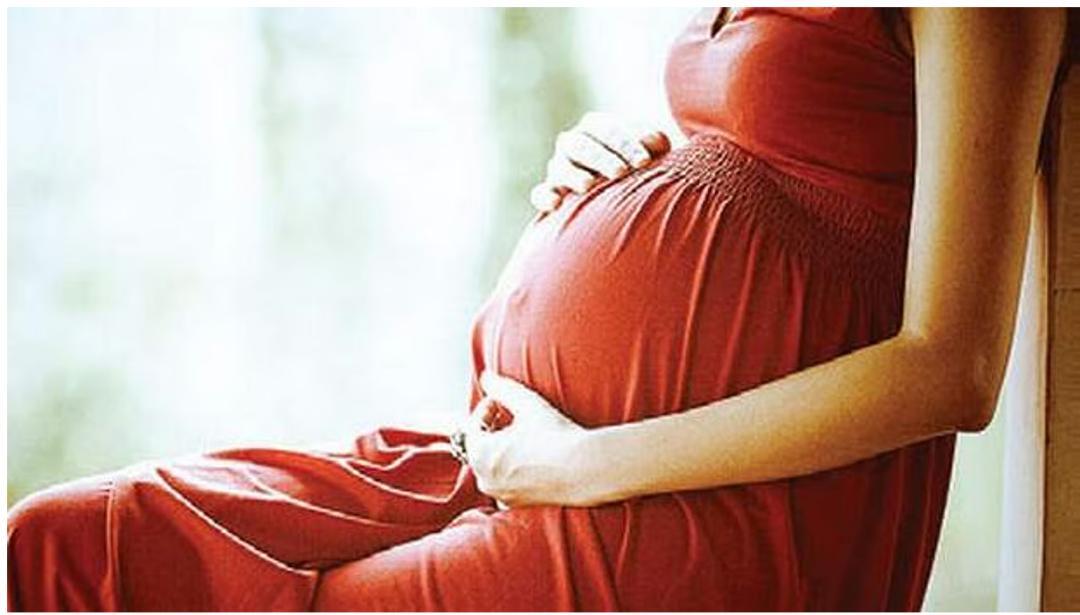
Chance of Having a Boy or Girl isn’t 50/50, Shows New Research
For decades, the general consensus has been that the chances of having a boy or girl are equal, standing at a 50% probability. However, a new study published in Science Advances has turned this notion on its head, revealing that the likelihood of having a boy or girl is influenced by maternal factors and can vary significantly between families.
The research, led by Dr. Kathryn L. Lunetta from the University of California, San Diego, analyzed data from over 21,000 families in the UK, including information on the sex of each child, as well as maternal characteristics such as age, height, and weight. By examining the patterns and correlations within these families, the researchers were able to identify a unique probability of having a boy or girl for each family.
The findings suggest that families with three daughters have a significantly higher chance of having another girl, with a probability of 58%. Conversely, families with three sons have a 61% chance of having another boy. This means that the traditional 50/50 ratio is not always accurate, and that individual families can have a distinct probability of having a boy or girl.
But what exactly are the maternal factors that influence this probability? According to the study, maternal height and weight play a significant role. Women who are taller and heavier are more likely to give birth to boys, while shorter and lighter women are more likely to have girls. This is because the fetal sex is determined by the presence or absence of a specific chromosome, and the maternal environment may influence the development of this chromosome.
Another factor that affects the probability of having a boy or girl is the age of the mother. Women over the age of 35 are more likely to have boys, while younger women are more likely to have girls. This could be due to the fact that older women have a higher proportion of follicle-stimulating hormone, which is produced by the pituitary gland and stimulates the growth of follicles in the ovaries. Higher levels of this hormone may increase the likelihood of having a boy.
The study also found that the probability of having a boy or girl can vary depending on the family’s overall genetic makeup. Families with a history of having mostly boys or girls may be more likely to have another child of the same sex. This could be due to the presence of certain genetic factors that influence the development of the sex chromosomes.
So, what does this mean for expectant parents? While the study’s findings may not provide a foolproof way of predicting the sex of their upcoming child, they do offer some valuable insights. For parents who are eager to know the sex of their baby, this research may provide a slightly better chance of making an accurate prediction. Additionally, the study’s findings could help parents-to-be prepare for the arrival of their new baby, whether it’s a boy or girl.
In conclusion, the study’s findings challenge the long-held notion that the chances of having a boy or girl are 50/50. Instead, the research suggests that each family has a unique probability of having a boy or girl, influenced by a range of maternal factors. While the study’s findings may not revolutionize the way we approach sex selection, they do offer a fascinating glimpse into the complex and intricate world of human reproduction.
Source:
Lunetta, K. L., et al. “Maternal characteristics and the probability of having a boy or a girl.” Science Advances 8, no. 22 (2022): eabu7402. DOI: 10.1126/sciadv.adu7402






